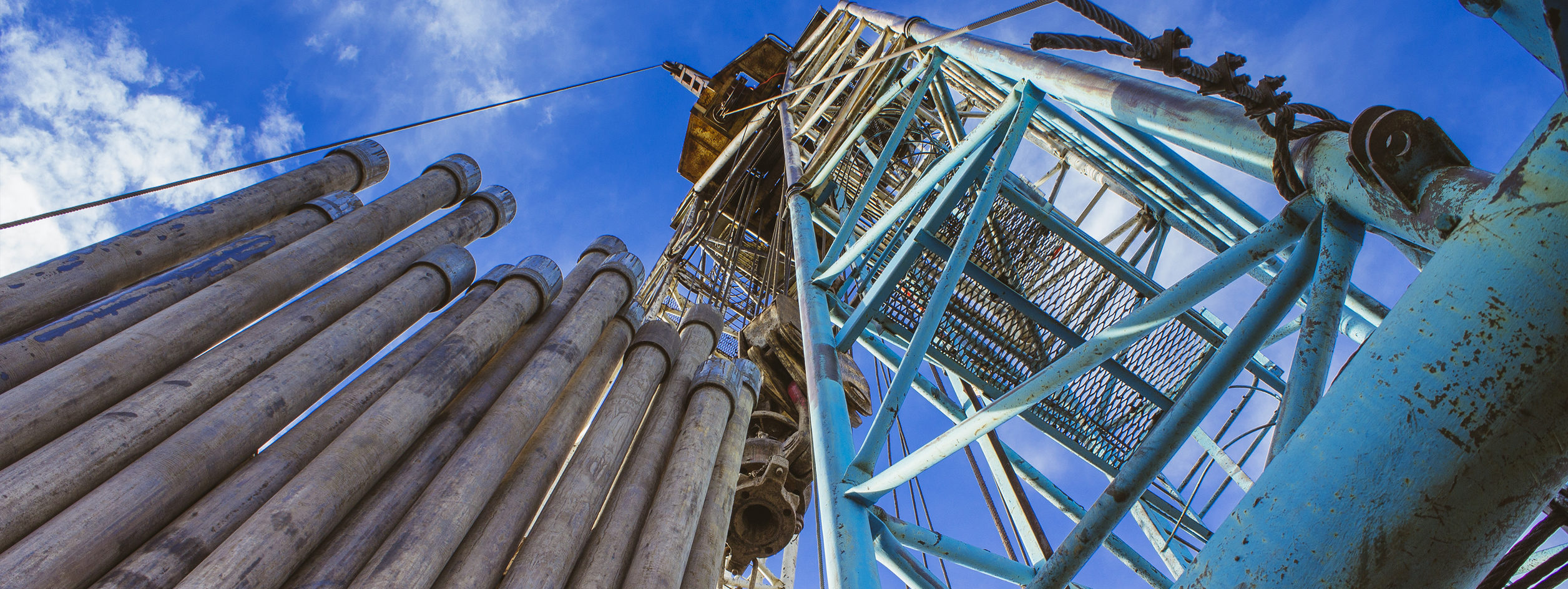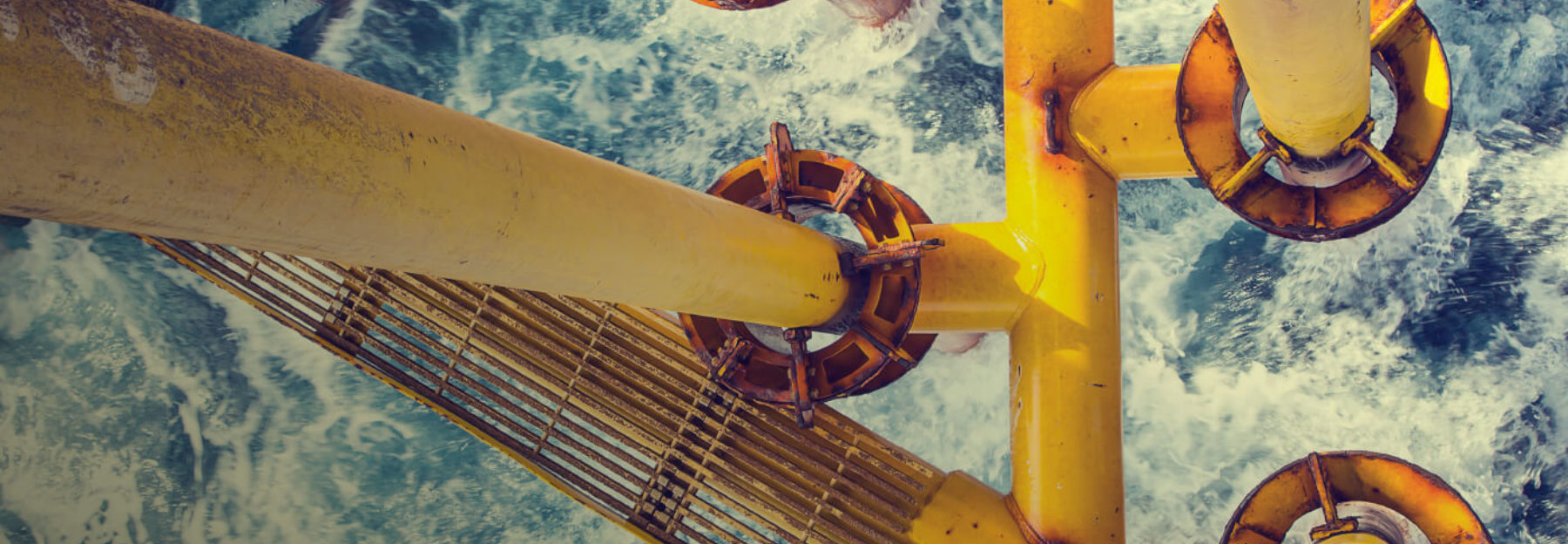Well Integrity
19 October 2017 — E&P Consulting

Overview
The purpose of this paper is to examine the business case for the adoption of Well Integrity Software and systems. The paper will focus on the perspective of a small operator with both land and offshore wells portfolios. Much has been made of the business case as it applies to large operators, however the intention here is to examine the business case for adoption of Integrity Support systems as they apply to smaller, more diverse organisations.
What is important to integrity engineers?
- Company standards – The system should, as a minimum, be able to report the status of all well stock and identify wells that deviate from minimum company standards or regulatory requirements
- Maintenance and inspection – The system should be able to provide details of required maintenance and inspection records of installed equipment
- Installed tubular and wellhead equipment and barrier diagrams – The system must be able to interface with definitive database of well stock that defines installed tubular and wellhead equipment and barrier diagrams. Ideally all down hole equipment should be described and shown diagrammatically.
- Material changes to integrity – There should be automatic notification to accountable persons of material changes to integrity status of any well outside of normal well integrity reporting cycle
- HSE – Safety of the individual and the environment is essential to underpinning reputation and license to operate
What is the main business case?
Your organisation will experience challenges in all of the above which presents opportunities for improvement. The business case for Integrity systems plays to each of these points. However the risk to the organisation is that without integration into workflow and without management of change to ensure understanding, competence and compliance.
What is Well Integrity?
Well Integrity is defined by NORSOK D-010 as the “Application of technical, operational and organisational solutions to reduce risk of uncontrolled release of formation fluids throughout the life cycle of a well”.
There are various facets to well integrity, including accountability/responsibility, well operating processes, well service processes, tubing/annulus integrity, tree/wellhead integrity and testing of safety systems.

Your business case for change
Well integrity management systems, when deployed with consideration to People, Workflow and Technology, can reduce the costs associated with shut in wells. 50% of all shut in wells and a large number of work-overs stem from problems attributable to integrity. Operators with a strategy incorporating a balance of People, Workflow and Technology to manage these problems have been able to prevent issues and mitigate risks. Good governance in this area has greatly reduced the trepidation with which Well Integrity has been traditionally approached.
Reduction in the number of shut-ins
One operator has been able to halve the numbers of wells that are shut in due to well integrity problems within two years of implementing well integrity management . In this instance, well intervention moved on from an activity treating symptoms and became a more proactive function that focused on dealing with root causes.
Optimise the frequency of preventative maintenance
With the information provided by well integrity systems, operators can minimise production downtime by planning repair-and-replacement work on equipment with a high likelihood of failure, to coincide with other interventions on the well.
Economic advantage and safe operation
Oil and gas operators are currently focusing on cost saving. With exploration in decline, the direction is now on maximising return from existing assets. These assets are often beyond their expected lifespan and optimised production from wells must be achieved without exacerbating issues such as erosion and corrosion. With so many parameters to monitor, warning and responses are necessary – a well integrity management system, is needed to achieve total operational control.
Well Integrity History
Since 2009, well integrity has cost operators over $75 billion with many well publicised high profile incidents.
These incidents provided the impetus for the industry to focus on and rework international standards on well integrity management.
Note : NORSOK standard D010 on well integrity was published in 2003; API RP 90, did not appear until 2008.

* Trademark Disclaimer: All product names and trademarks are the property of their respective owners, which are in no way associated or affiliated with E&P Consulting. Product names are used solely for the purpose of describing and identifying the Supplier Ecosystem. Use of these names does not imply any co-operation or endorsement.
The supplier ecosystem
There has been a keen desire to move to a global approach by operators with international operations. This has created a number of challenges for software – notably, it must be applicable in various jurisdictions, with national or regional regulations providing the framework for integrity controls..
Service companies
Many of the traditional service companies that supply the tools, competency and monitoring associated with Well Integrity, also provide software and corresponding support. These companies can collate data from their tools (also from other service company tools and systems on occasion). This data can be visualised using a number of proprietary and non proprietary applications.
Application Vendors
Application vendors can provide systems that make use of data from various internal databases which can integrate into a federal integrity model for the organisation. Providing data repositories for analysis by applications that support the appropriate workflows.
Standards
Application vendors and service companies alike support and produce software that supports the recognised international and regional Well Integrity / Barrier standards. Many of the them are also configurable to incorporate internal standards and support key performance indicators.
Effective operations in the 21st Century….
Addressing safety concerns, production efficiency and lifetime longevity, well integrity professionals are receiving the attention, appreciation and investment appropriate.
However
More than 50% of the engineers in the community do not feel that current legislation meets the demands of the industry
Of the 15,500 producing, shut in and temporarily abandoned wells in the OCS of the Gulf of Mexico 43% have sustained casing pressure on at least one casing annulus
More than 25% of the world’s oil and gas wells have experienced leakage at some point in their lifecycle. In 1997, only 1.5% of wells leaked
Source – Upstream Intelligence 2015
Evaluating your options
People
What’s the culture? – Do you have the operational culture to support implementation of new ways of working? Is there an understanding of the business case and a willingness to do something different? Why change – What are your drivers for change, and how will you manage the transition from your As is organisation to the To be organisation of tomorrow? What are the barriers to change, and the inhibitors to implementing or embedding your solution in order to realise the benefits?
Process
What do I choose? – The processes that add value to your decisions will drive your choices and define your approach to implementing an integrity system. Identifying the issues and their associated costs will underpin the business case. Ask the question – “what decisions will this help me make, what is the value of the decision to me, how much effort / spend am I prepared to realise this value?”
Technology
How do I select ?- Choices on technology should, similarly, be driven by the business case. The question “what technology do I need to deploy to support my decisions?” starts the selection process by crystalising which workflows and processes it will enhance. The identification of these processes will guide the selection of the most appropriate technology.
Do
Look to the industry to see what represents a success and, more importantly, look at the issues others have encountered adopting real time systems. There is a wealth of analysis to be undertaken prior to expenditure on the solution that suits your organisation – time and money invested at the Investigation and selection stage will ensure a robust and effective solution emerges.
Don’t
Make it more complicated than it needs to be. Many operators have found value in simple solutions such as a reworking of the workflow to encourage more accurate data gathering.
International Well Integrity
UK Oil and Gas
In 2012, Oil and Gas UK generated well received guidelines on well integrity and on suspension and abandonment. Two years later, the international standard ISO 16530 Part 2 on well integrity management in the operational phase was published.
Australia
In the Unconventional arena, the Queensland Code of Practice for coal seam gas (CSG) well head emissions, detection and reporting was published in 2011, followed in 2013 by the Code of Practice for constructing and abandoning CSG wells .
Your aim, our target
When establishing a Well Integrity culture that effectively supports the business and mirrors company goals, the choices required are undeniably complex. In many cases, initiatives fail to ask the questions “do we have a need?” , “does this support what we do and how we do it?” Many organisations have been left with Integrity systems that don’t get used and that have consumed time and cost with little return on investment.
The goal for E&P consulting is to ensure that your receive impartial consultancy and professional advice from an organisation that has successfully released the value of such systems into Drilling organisations.



